Steve Winter
Thursday, 24 September 2009
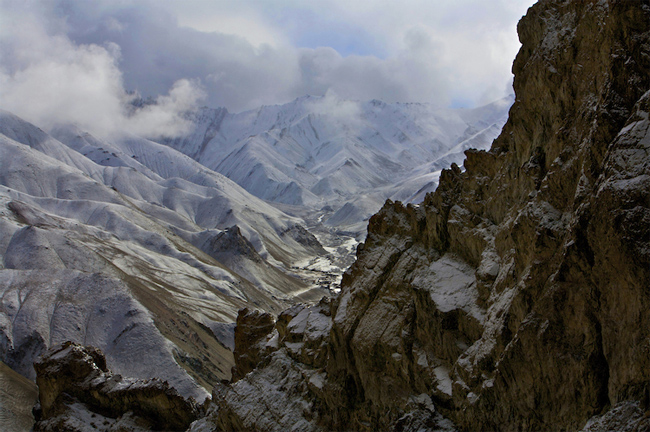
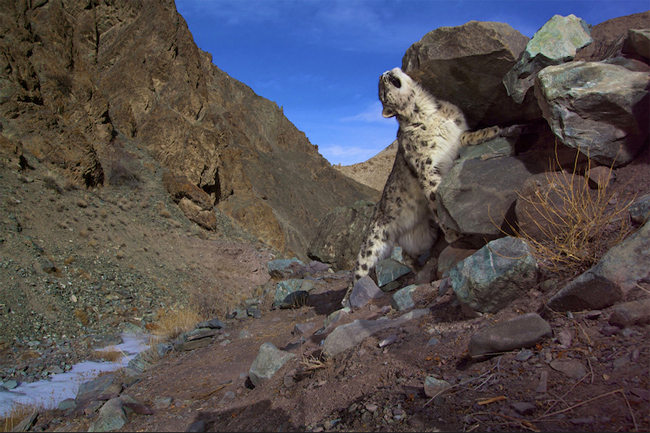
I do like animals. I like to watch their movements, their behaviours, their interactions each one another within the community, their instincts, their habitats… Observing them always reminds me of the great power evolution wields in all biological life that unfolds in our ecosystem. It becomes even more awe-inspiring when the animal in question is an endangered species. Perhaps this is the allure of National Geographic?
“They sent me to document the search for new drugs at the National Biodiversity Institute in Costa Rica. I went to a rainforest for the very first time and was absolutely blown away by what I saw and by the scientists I worked with for six weeks. I had never shot any natural history before. That assignment changed my life, and the focus of what I wanted to do…”
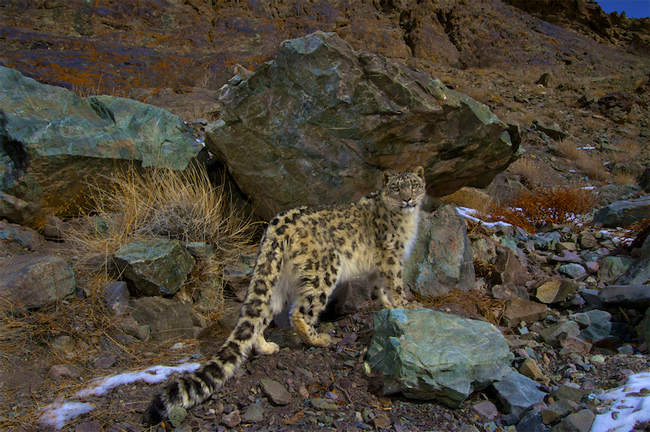
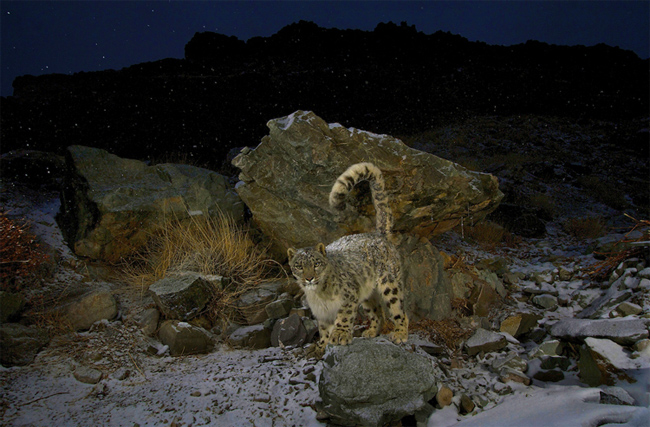
“As a photographer, Steve had always been a storyteller with a particular interest in communicating with children. He introduced the idea of including children the same age as the magazine’s readers in the stories he shot about scientists working, for example, on how to save a particular endangered species… [Eventually], he was sent to Guatemala to shoot a story on the country’s national bird, the quetzal. It would be just the first in a long series of natural history stories for Steve… The snow leopard story… was the most technically and physically challenging assignment of his career. It involved working with a team of scientists and support staff to find and photograph the endangered cat in its frigid high-altitude habitat in northern India’s Hemis National Park… It was really “a collaboration between myself, the team and the snow leopard.”
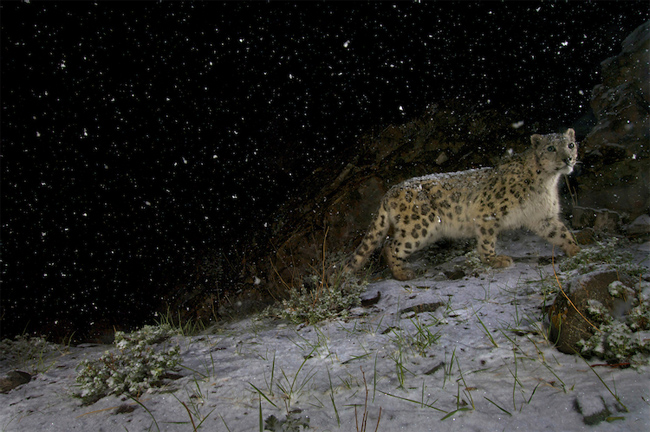
Text adapted from Canon Europe. Images from Steve Winter’s portfolio.

